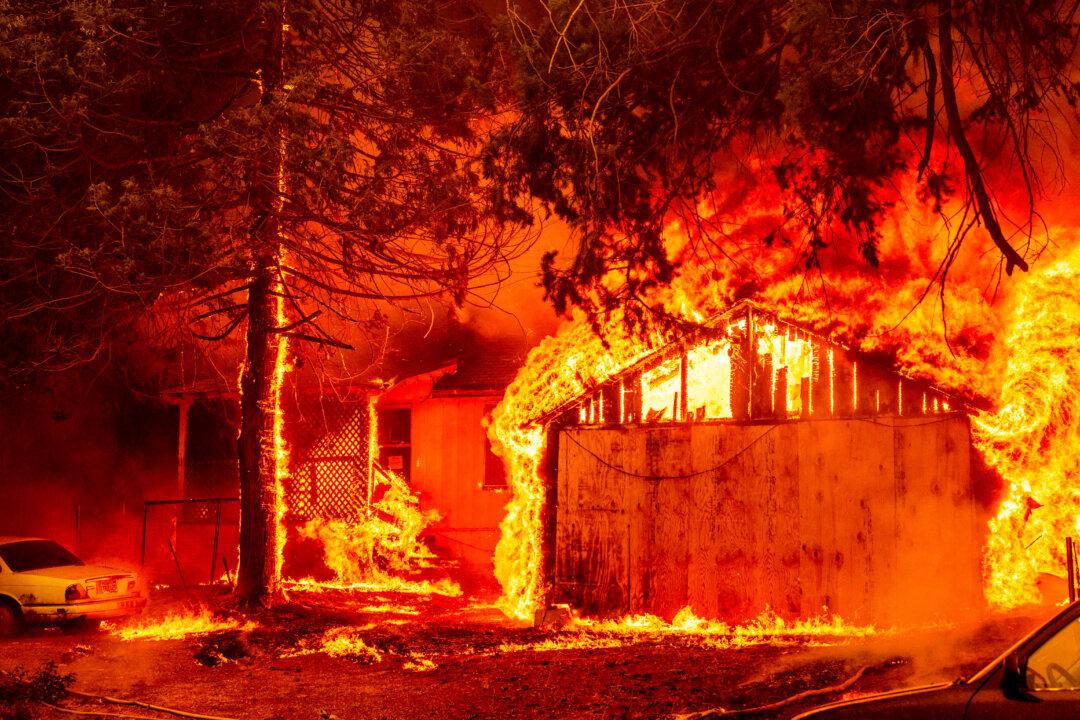Housing values in California are negatively affected by wildfire danger, according to an Aug. 26 letter by the San Francisco Federal Reserve.
Published online Monday, reserve officials said that many seek wildfire prone areas for their openness and green space. But, they said, the risk of wildfire in such areas outweigh such benefits, even when homeowners have insurance.





